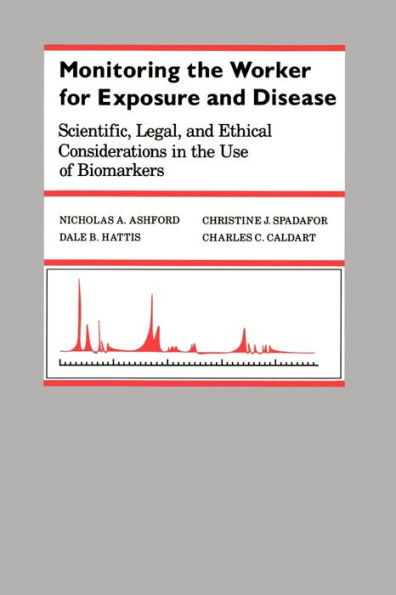The authors begin by providing precise characterizations of the types of monitoring now in use and a clear account of the legal basis for OSHA monitoring requirements. They then turn to scientific and technical concerns that have evolved around monitoring, including the frequency and timing of examinations, human variability, and the distinctions that exist between high-risk and sensitive groups. Specific legal and ethical problems of conducting monitoring tests on workers are then covered in full, including the consequences for the worker of medical removal from the workplace, the conflict between human monitoring and personal privacy, access to medical records, and the use and possible misuse of test results.
The volume concludes with policy recommendations for the use of human monitoring, recommendations for the use of human monitoring, recommendations that would achieve the goal of reducing occupational disease and injury while remaining within the bounds of a supportable ethical framework.
The authors begin by providing precise characterizations of the types of monitoring now in use and a clear account of the legal basis for OSHA monitoring requirements. They then turn to scientific and technical concerns that have evolved around monitoring, including the frequency and timing of examinations, human variability, and the distinctions that exist between high-risk and sensitive groups. Specific legal and ethical problems of conducting monitoring tests on workers are then covered in full, including the consequences for the worker of medical removal from the workplace, the conflict between human monitoring and personal privacy, access to medical records, and the use and possible misuse of test results.
The volume concludes with policy recommendations for the use of human monitoring, recommendations for the use of human monitoring, recommendations that would achieve the goal of reducing occupational disease and injury while remaining within the bounds of a supportable ethical framework.

Monitoring the Worker for Exposure and Disease: Scientific, Legal, and Ethical Considerations in the Use of Biomarkers
240
Monitoring the Worker for Exposure and Disease: Scientific, Legal, and Ethical Considerations in the Use of Biomarkers
240Paperback

Product Details
| ISBN-13: | 9780801839894 |
|---|---|
| Publisher: | Johns Hopkins University Press |
| Publication date: | 10/01/1990 |
| Series: | The Johns Hopkins Series in Environmental Toxicology |
| Pages: | 240 |
| Product dimensions: | 5.88(w) x 9.00(h) x (d) |
| Age Range: | 18 Years |
